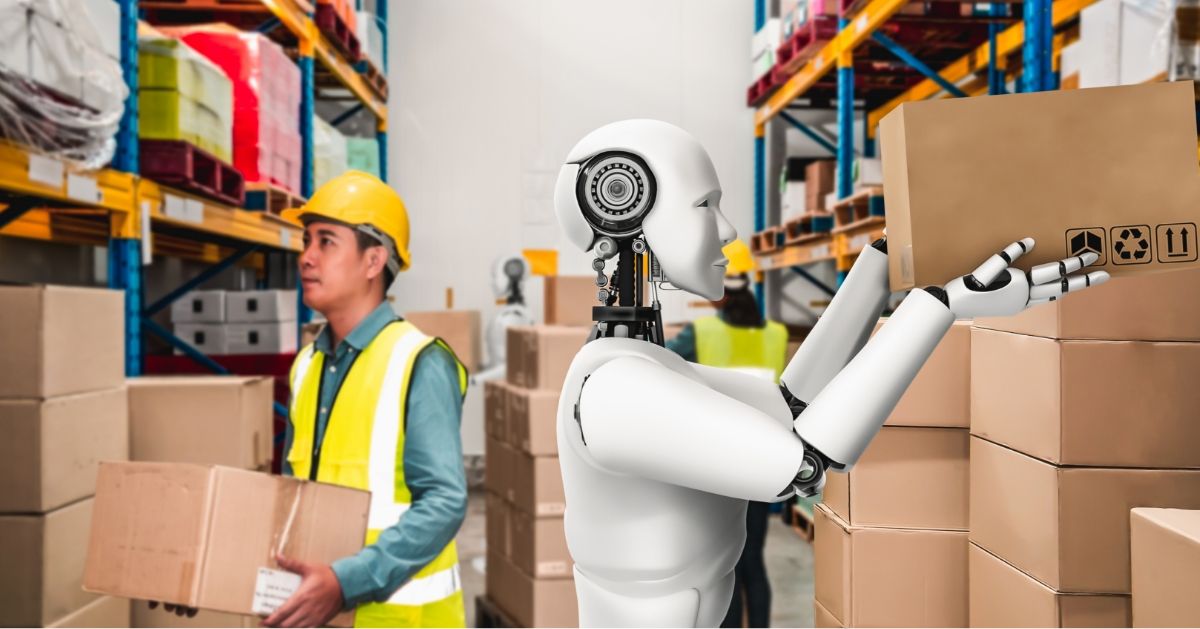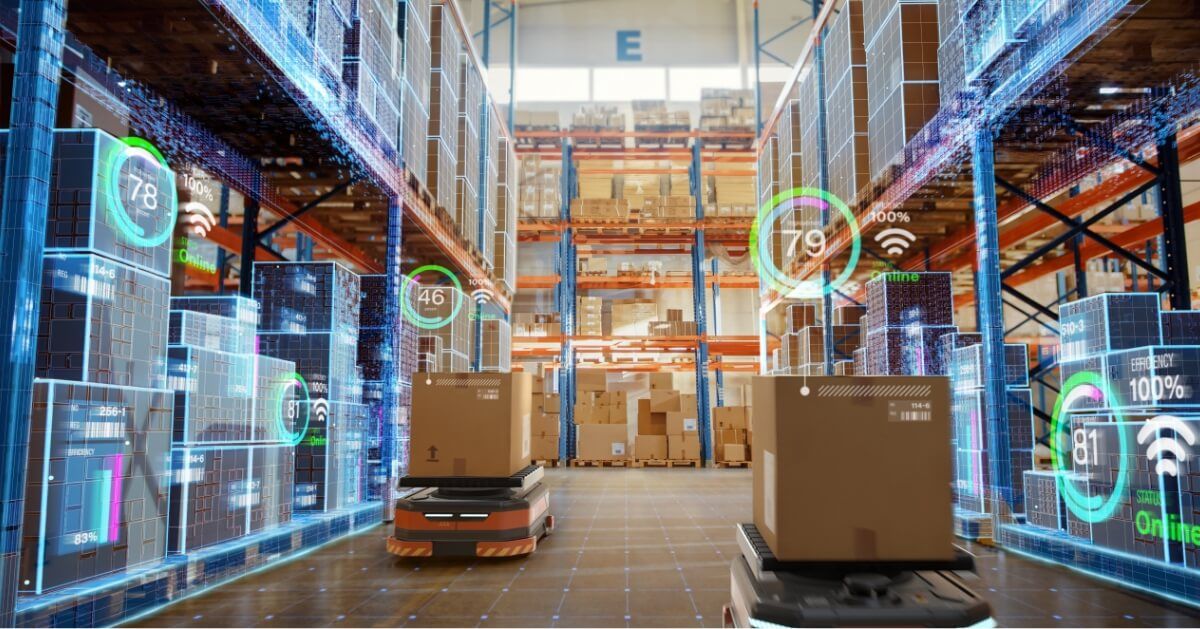Inventory Management Optimization:
One of the key challenges in distribution centers is efficient inventory management. Artificial intelligence can help optimize this task in various ways:
a) Demand Forecasting: AI algorithms can analyze historical and real-time data to accurately predict future demand, enabling more effective planning of inventory levels and avoiding shortages or excess.
b) Replenishment Scheduling:
AI can optimize the replenishment process by identifying optimal times to place restocking orders, considering factors such as delivery time, projected demand, and current inventory levels.
c) Real-time Inventory Management:
Using sensors and identification technologies, AI can provide complete visibility of inventory in real-time, facilitating quick identification of products and preventing inventory losses or errors.
Improvement of Operational Efficiency:
Artificial intelligence can also optimize operational processes in distribution centers, improving efficiency and reducing costs:
a) Route and Transportation Optimization:
AI algorithms can analyze data such as locations, load constraints, and traffic to determine the most efficient routes, reducing transportation costs and delivery times.
b) Task Automation: AI enables the automation of repetitive and low-complexity tasks, such as labeling, sorting, and packaging, speeding up processes and reducing human errors.
c) Predictive Maintenance:
AI can analyze data from sensors and monitoring systems to predict and prevent equipment or machinery failures, allowing for preventive maintenance and minimizing downtime.
Improvement of Customer Experience:
Artificial intelligence can also have a significant impact on the customer experience in distribution centers:
a) Personalized Customer Service:
AI-powered chatbots and virtual assistants can provide quick and personalized responses to inquiries and issues, improving customer satisfaction and reducing the workload of staff.
b) Tracking and Transparency: Using AI, customers can access real-time information about the status and location of their shipments, enhancing transparency and trust in the delivery process.
c) Recommendations and Upselling: AI can analyze customer behavior and purchase data to offer recommendations and upselling opportunities, enhancing the shopping experience and increasing sales.
Conclusion:
Artificial intelligence is driving innovation and improving efficiency in distribution center logistics. From inventory management optimization to improved operational efficiency and customer experience, AI offers powerful solutions for current logistics challenges. By leveraging these technologies, companies can achieve more efficient distribution center management, reduce costs, improve customer satisfaction, and stay competitive in an ever-evolving logistics environment.


